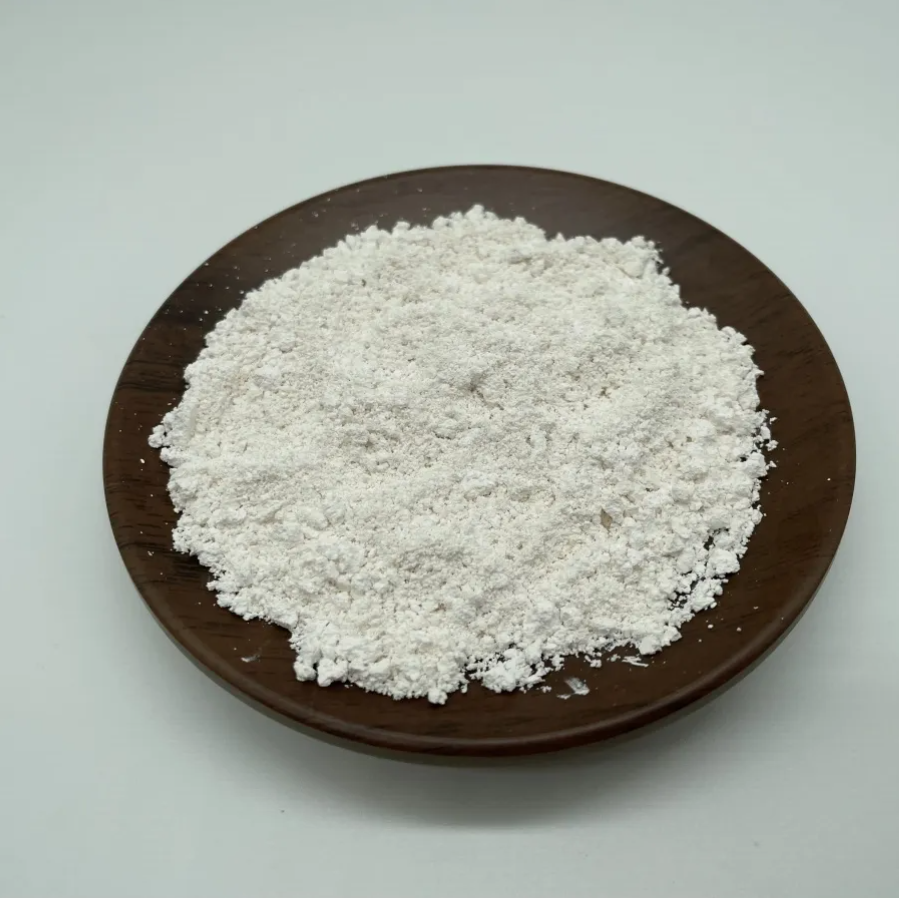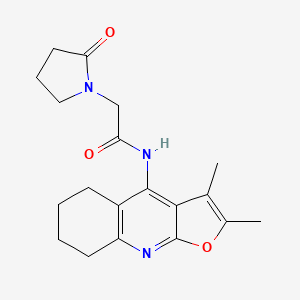What is Coluracetam


Coluracetam belongs to the racetam family of nootropic compounds. Originally synthesized by Mitsubishi Tanabe Pharma Corporation in Japan (circa mid-2000s), it was developed as a potential treatment for Alzheimer’s disease. Following unsuccessful efficacy trials, the compound was in-licensed by BrainCells, Inc., who explored its therapeutic potential for major depressive disorder (MDD) and generalized anxiety disorder (GAD).
Mechanism of Action
Coluracetam works by helping your brain use choline (a nutrient from food) more effectively to make acetylcholine — a brain chemical that’s key for memory, learning, and focus.
In animal studies, it has been shown to restore healthy brain chemical levels and improve memory when those functions were damaged, suggesting it may have real potential as a memory booster.
It may also affect certain brain receptors linked to alertness and learning, giving a mental “boost” similar to some stimulants but without the jittery side effects.
Benefits & Effects
Cognitive Enhancement & Neuroprotection:
- In animal models, coluracetam has shown long-lasting improvements in learning and spatial memory tasks (e.g., Morris water maze)
- May help the brain recover from certain types of chemical damage, restoring important nutrients needed for memory and learning. This suggests it could one day have uses in conditions that affect brain health and mental function.
Mood & Mental Health:
- Early clinical trials tested coluracetam in people with major depression and anxiety. The results showed enough potential that companies were interested in developing it further, but research has mostly stalled and hasn’t moved into larger human studies.
- Early assessments and anecdotal reports suggest anxiolytic and mood-enhancing effects, often described as calm, focused, and uplifted (without stimulant jitters)
Sensory Effects & Potency:
- Users frequently report sharper color and sound perception, increased motivation, and creative drive
Dosage and Onset
- Onset can occur within 15–30 minutes, with effects lasting 3–6 hours, so timing may be important for desired cognitive impact
- Typical anecdotal nootropic dosing is around 10-80 mg, with higher doses offering no notable advantages. Typically split into two or three doses in one day.
Legal Status & Availability
- This compound is not FDA-approved and currently lacks standardized pharmaceutical regulation
- In Australia, it’s classified as Schedule 4—a prescription-only substance
- In regions like the U.S., UK, and Canada, it is often sold as a “research chemical”, with varying legal restrictions and disclaimers about human consumption
Safety Considerations
- Anecdotal reports include potential side effects such as headache, nausea, fatigue, or difficulty concentrating, particularly in individuals with high baseline choline
- As with any bioactive compound, interactions with medications or individual pharmacogenetics may vary
Summary Table: Coluracetam at a Glance
| Aspect | Detail |
|---|---|
| Type | Racetam nootropic (MKC-231 / BCI-540) |
| Mechanism | Enhances HACU → boosts acetylcholine |
| Benefits | Memory, learning, mood, focus, sensory enhancement, neuroprotection |
| Dosing | Typically 10-80 mg; onset ~15–30 min; duration ~3–6 h |
| Clinical Trials | Alzheimer’s (failed), MDD/GAD Phase II (exploratory) |
| Legal Status | Not FDA-approved; schedule varies by country |
| Risks | Limited data, potential side effects, lack of standardization |
Nootroverse Takeaway for Coluracetam
Coluracetam is a racetam that hasn’t gained as much attention as Piracetam, Aniracetam, or Oxiracetam. It did not meet clinical trial goals for treating Alzheimer’s Disease. Users report effects such as increased mental energy, improved memory, and higher motivation.
Like other racetams, it’s often paired with a high-quality choline source, such as Alpha-GPC, to prevent acetylcholine depletion, which can cause headaches.
Discover more nootropics here
Coluracetam FAQ
A synthetic nootropic in the racetam family, originally developed in Japan for cognitive decline research. Known for its unique action on choline uptake and potential effects on memory, mood, and focus.
Coluracetam enhances high-affinity choline uptake (HACU), which is critical for producing acetylcholine — a neurotransmitter linked to learning, memory, and focus.
Users report that coluracetam improves memory, boosts learning, enhances mood, reduces anxiety, and sharpens focus, though scientific evidence remains limited compared to more studied nootropics.
Research on long-term safety is limited. Most reports suggest it is well-tolerated in small to moderate doses, but side effects like headaches, fatigue, or irritability can occur, especially without adequate choline intake.
Yes, many users stack coluracetam with a choline source (like Alpha-GPC or Citicoline) to prevent depletion, reduce headaches, and maximize its effects.
Unlike piracetam or aniracetam, coluracetam works primarily by enhancing choline uptake rather than modulating receptors directly. Some find it stronger for mood and vision enhancements.
Common anecdotal dosages range from 10–80 mg per day, often split into two to three smaller doses. However, research on optimal human dosage is lacking.
Legality varies by country. In the U.S., coluracetam is not FDA-approved as a drug or dietary supplement but is sold online as a research chemical. Always check local laws before purchasing.
Possible side effects include headaches, nausea, irritability, and fatigue. These are often minimized with proper choline supplementation.
Its half-life is around 3 hours, meaning effects may last 4–6 hours depending on the individual.
Yes, it’s often stacked with choline, racetams like aniracetam or piracetam, and adaptogens for synergistic benefits.
Sources & References
- Wikipedia
- Coluracetam: Review of Benefits, Effects, Dosage, and More | Braintropic
- https://drugs.ncats.io/substance/V6FL6O5GR7
- Discover Coluracetam as a Nootropic – Nootropics Expert
- The Effects of Cognitive Enhancement Drug on Visual Perception, Abstract Reasoning, Pattern Recognition, Spatial Orientation, and Analytical Thinking: A Case Study
- NutraPedia
- PsychonautWiki
- A Nootropic for Memory and Mood – Sourced by NINGBO INNO PHARMCHEM CO.,LTD.
- Coluracetam benefits, dosage, and side effects
- C19H23N3O3 | CID 214346 – PubChem
- MKC-231, a choline uptake enhancer: (2) Effect on synthesis and release of acetylcholine in AF64A-treated rats – PubMed
